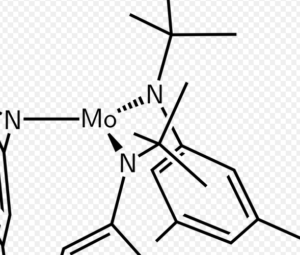Scientific and medical expertise has helped push through new developments in biochip technologies. As biochip technologies are used in sequencing, the key advantages of biochips are their scalability and performance.
What are Biochips?
Biochips are miniaturized medical instruments used for simultaneous biochemical reactions in molecular laboratories. You can use these devices to study multiple biological analytes for various applications. These applications include disease diagnosis and detection of harmful biological agents in systems. Their design is based on microarray and microfluidic technologies. The digital microfluidic biochip has emerged as a highly efficient sensor chip among the two and has gained much importance in the biochemical industry.
The Sensor Chips from lino Biotech consist of a transponder and a scanner. There are two types of transponders: passive transponder and active transponder. The active transponder has no power and no battery, while it is passive only when triggered by a small electrical charge from the user. This transponder consists of four components: an antenna coil, a microchip and a tuning capacitor. The reader consists of an “excitation coil” and generates an electromagnetic field using radio signals. It provides the necessary energy to produce the biochip.
Why and how are they used?
People use Biochip technologies widely in pharmacogenomics, biochemistry, proteology, microbiology, clinical pathology, and DNA analysis. Some people use Biochips for screening analytes for signs of biological warfare, drug discovery, and drug development. You can do this for molecular disease diagnosis and other diseases, for personalized medicine, and generally for detecting a wide range of biomolecules in specific applications. One can also use Biochips increasingly in skin-on-a-chip applications.

You will see the use of Biochips primarily in biomedical and biotechnology studies. With advances in medical technology, the use of proteomics biochips such as microarrays has increased. The advantages of protein biochips include low sample consumption and their propensity for miniaturization. Protein microarrays, for example, can continuously display multiple proteins, which means they can process thousands of samples simultaneously.
The property of microarrays is important for proteome-wide evaluation. Therefore, the increasing need for personalized medicine for diseases is making the industry grow. Scientists can also use the Sensor Chips for cancer treatment.
Advances in Bio Sensor Chips are enabling next-generation sequencing technologies
Bio Sensor Chips are essentially small laboratories that function in living organisms and advance next-generation DNA sequencing technologies. This combination can address critical biological problems, such as single cell, rare cell, and rare molecule analysis. These problems are difficult to solve with next-generation sequencing technologies alone.
Image credits:
Pixabay
Read more:




 Tolyltriazole is mainly used in the chemical industry to protect copper from being contaminated in order to save the purity. Tolyltriazole also can be concernedly used with manifold sterilization algaecide and has a very fine corrosion mitigation effect on close cycle cooling water system. TTA also can be concernedly used with manifold sterilization algaecide and has a very fine corrosion mitigation effect on close cycle cooling water system. Tolyltriazole is a corrosion inhibitor for copper and copper alloys, and is commonly used in water cooling systems.
Tolyltriazole is mainly used in the chemical industry to protect copper from being contaminated in order to save the purity. Tolyltriazole also can be concernedly used with manifold sterilization algaecide and has a very fine corrosion mitigation effect on close cycle cooling water system. TTA also can be concernedly used with manifold sterilization algaecide and has a very fine corrosion mitigation effect on close cycle cooling water system. Tolyltriazole is a corrosion inhibitor for copper and copper alloys, and is commonly used in water cooling systems.